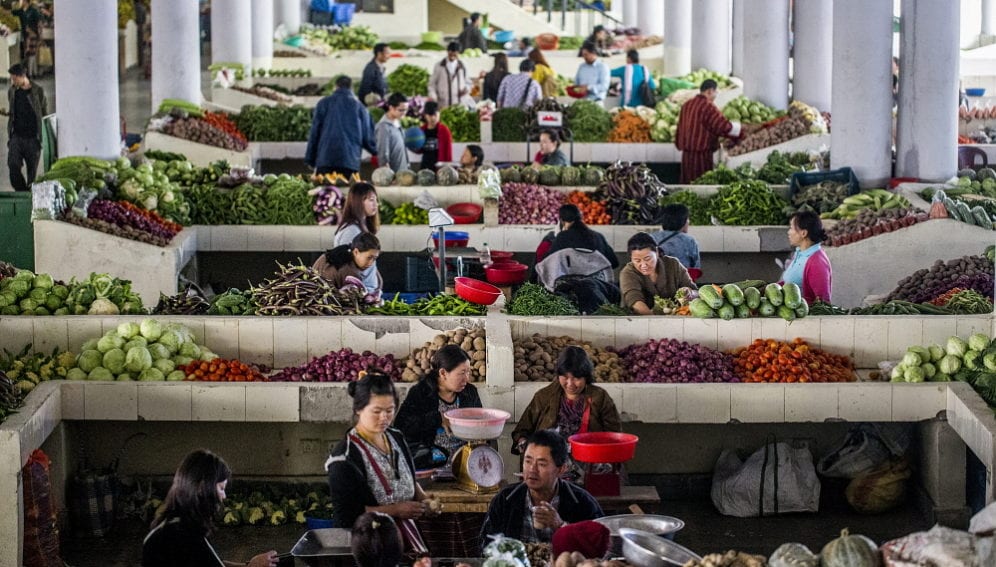By: Fatima Arkin
Send to a friend
The details you provide on this page will not be used to send unsolicited email, and will not be sold to a 3rd party. See privacy policy.
[PARIS] A global action plan for agricultural diversification has been tagged as vital to survival as higher than average temperatures across the globe and increasing frequency of extreme weather events are bound to have profound implications on food and nutrition security.
Former Malaysian prime minister Abdullah Ahmad Badawi led 50 people, including scientists and representatives of international agencies, in signing a declaration calling for agricultural diversification initiated by Malaysia-based international non-profit Crops for the Future (CFF) on 7 December during the climate talks in Paris.
The declaration will underpin the global action plan for agricultural diversification to be created in Kuala Lumpur next March and formally launched in Rome in late 2016. Members of the public will be able to digitally sign a copy of the document online.
“The issue at COP21 is that when it comes to climate change, we simply have no plan for a 3-degree world,” says Sayed Azam-Ali, CFF chief executive officer, referring to COP21’s aim to limit global temperature rise to 2 degrees Celsius.
The purpose of the declaration is not to suggest that all the big crops should be replaced, but rather to highlight the fact there’s a wide range of other crops that warrant consideration yet receive little attention, Azam-Ali tells SciDev.Net on the sidelines of COP21.
“The world relies on four crops — maize, wheat, rice and soybean; what we need to rely on is 60,” explains Dyno Keatinge, a signatory to the declaration and director general of the World Vegetable
Center and chair of the Association of International Research and Development Centers for Agriculture.
“Food security is not enough. [We] need to have food and nutritional security and can’t have that nutritional security without having a wide range of crops available,” Keatinge tells SciDev.Net.
In South-East Asia, palm oil is the dominant monoculture, and if climate change impairs or stops pollination, we can have vast amounts of oil palm with no viable yield or a plan B, notes Azam-Ali.
Critics will say that nothing other than palm oil can grow in those plantations because the canopy is too dense — but vegetation exists under any oil palm, he says.
To diversify palm oil with complementary species, Azam-Ali suggests utilising the space under and between the trees to grow crops. The CFF has calculated that out of five million hectares of palm oil plantations in Malaysia, one million hectares are free space.
In some island countries in the Pacific, such as Papua New Guinea and the Solomon Islands, shade-tolerant vegetables figure prominently in the local farming system and could fit in between palm oil trees, says Keatinge.
“But where’s the research?” he asks. “I don’t even know what species they are. That’s why we’re talking about crop diversification because if we don’t even know that these [plants] are useful, how can we then promulgate changes to their cropping system?”
This piece was produced by SciDev.Net’s South-East Asia & Pacific desk.














